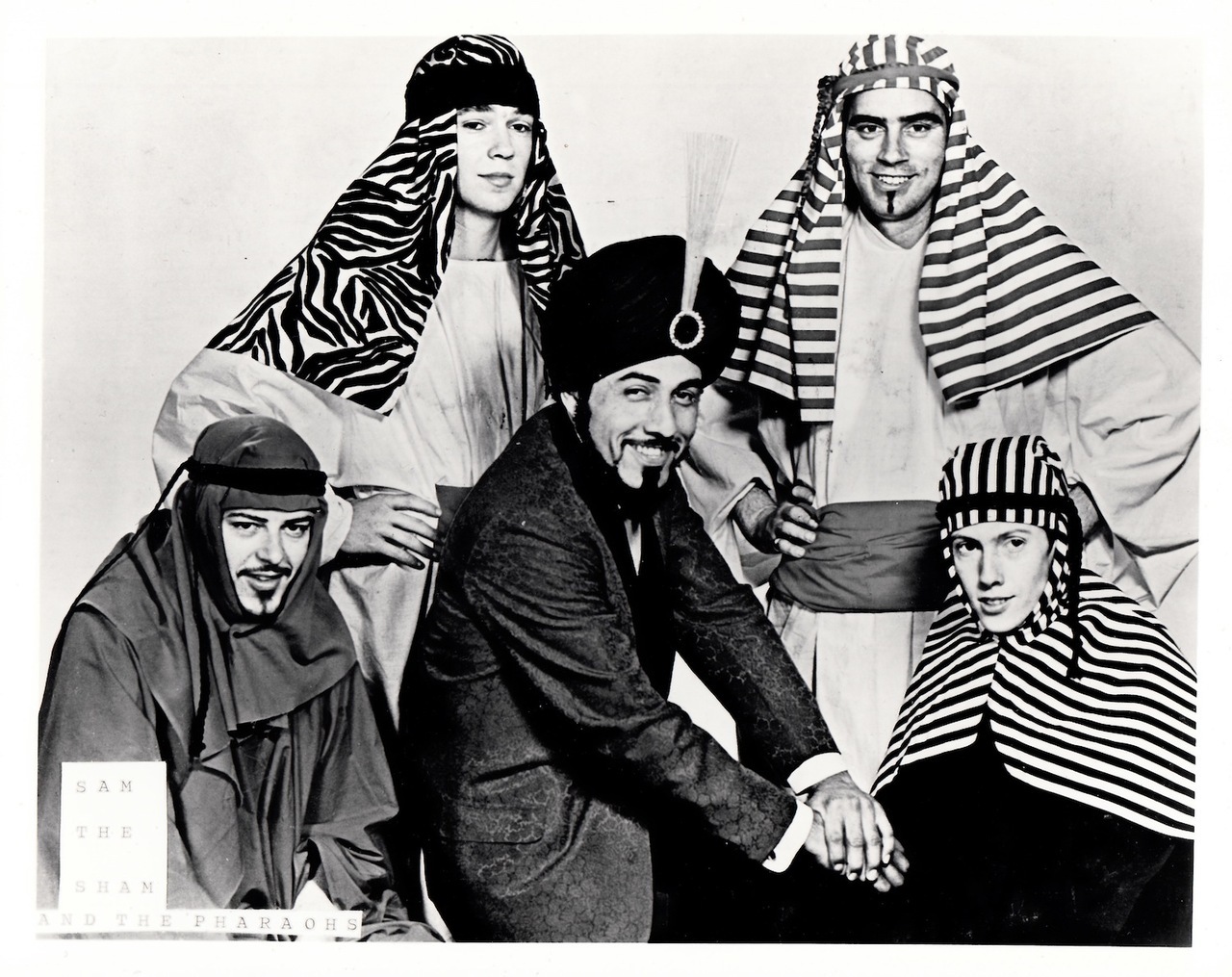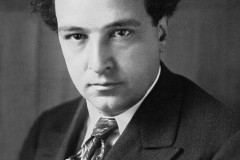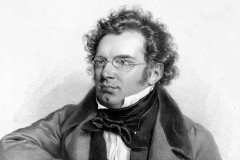Próbál bégetni a farkas, de vonyítás lesz belőle. Sam The Sham behízelgő, mégis nyers hangján úgy szólal meg a mesebeli farkas egy rockszámban, hogy Piroska legyen a talpán, aki nem lesz libabőrös tőle. Hogy ez a libabőr milyen izgalmat jelez, azt mindenki döntse el maga. Nem véletlen, hogy a 60-es évek nagy slágere, a Li’lRed Riding Hood is megtalálta a helyét a Ruben Brandt, a gyűjtőben.
„Who's that I see walkin' in these woods? / Why it's Little Red Riding Hood!" Így kezdődik a dal, ami 1966-ban a top 10-es slágerlistára röpítette az amerikai Sam The Sham and the Pharaophs zenekart. Ron Blackwell dalszerző a Piroska és a farkas meséből indult ki. No meg abból a szójátékból, hogy a kortárs angol szlengben a „wolf” nem csak farkast jelentett, hanem olyan férfira is utalhatott, akinek titokban szexuális szándékai vannak. (Vö. a magyar „ragadozó”.) Ez átszínezi az ártatlan mesei motívumokat, és közvetlenül a férfi-nő kapcsolatra vonatkoztatja Sam The Sham-ék slágerét. Bár a szöveg igencsak győzködi Piroskát, hogy a farkasnak nemcsak a szeme nagy, de a szíve is… A dalnak több feldolgozása született a rákövetkező évtizedekben, pl. a The Smashing Pumpkins is vonyított egyet a farkas nevében, sőt, bájos női hangon is megszólalt (Amanda Seyfried). Az Árral szemben című Bruce Willis-filmben kiemelt betétdal volt (1993). De egyik feldolgozásban sincs meg az édeskés éneknek és nyers hangzásnak az az ambivalenciája, mint a texasi születésű Domingo "Sam" Samudio, művésznevén Sam the Sham előadásában.
A nagy kérdés már csak az, hogy elhisszük-e a farkasnak mindazt, amivel győzködi Piroskát. Piroska és a farkas történetét a nagy mesélő Grimm-fivérek a 17. századi Charles Perraults gyűjteményéből vették át. A francia író pedig gondosan odavéste a mese végére a tanulságot: bizony, a lányokra szörnyű veszélyek leselkednek, ha nagyfogú, szőrös alakokkal állnak szóba – de még náluk is veszedelmesebbek az ártatlannak tűnő, selymes modorú idegenek. Az biztos, hogy Charles Perraults szellemében is lehet érteni a Li’lRed Riding Hoodot. De valószínűbb, hogy a hippikorszakban született sláger pont az efféle férfi-nő szorongásokat próbálta fellazítani a maga kölykös módján, megszólaltatva a dal végére a farkas szeretetteljes énjét is.
Mindenesetre a garázsrock, ahova ezt a dalt is sorolják, nem volt épp szelíd műfaj. A 60-as évek amerikai és kanadai könnyűzenéjének nyers és energikus válfaja onnan kapta a nevét, hogy a zenekarok igyekeztek úgy beállítani magukat, mintha amatőrök lennének, akik csak zenélgetnek otthon a garázsban. Valójában számos profi zenész volt közöttük, akik élvezték az egyszerű, nyílt, tabudöntögető dalok szabadságát. Egyszerű akkordokat játszottak elektromos gitáron, időnként torzítóval, a szöveg és előadás pedig nem finomkodott, sőt olykor kifejezetten durva volt.
Sam the Sham – Li’l Red Riding Hood
The wolf tries to bleat, but it comes out a howl. In Sam the Sham’s voice—seductive, raw, and unmistakably sly—the fairy-tale predator springs to life in a rock song that would give even the boldest Little Red Riding Hood goosebumps. What kind of thrill that goosebump signifies? That’s for each listener to decide. One thing’s certain: the 1966 hit Li’l Red Riding Hood earns its place in Ruben Brandt, Collector with perfect, eerie charm.
“Who’s that I see walkin’ in these woods? / Why, it’s Little Red Riding Hood!”—so begins the song that launched Sam the Sham and the Pharaohs into the U.S. Top 10. Songwriter Ron Blackwell took inspiration from the classic fairy tale but also played on a contemporary slang twist: in 1960s American English, “wolf” didn’t just mean the animal—it also referred to a man with hidden, predatory sexual intentions (much like the Hungarian use of ragadozó). That double meaning reframes the innocent children’s story as a metaphor for male-female dynamics. The lyrics plead with Red, insisting the wolf’s not just big-eyed but big-hearted too.
The song has been covered many times—in distorted growls by The Smashing Pumpkins, in Amanda Seyfried’s tender version, and as a featured track in Bruce Willis’s 1993 film Striking Distance. But none of them match the uneasy sweetness and rough-edged delivery of the original, sung by Texas-born Domingo “Sam” Samudio, known to the world as Sam the Sham.
So the big question remains: do we believe the wolf? The story of Little Red Riding Hood reached the Brothers Grimm via 17th-century French writer Charles Perrault. And Perrault didn’t leave the moral to chance—he spelled it out at the end: young girls should beware of wolves with big teeth... but even more so of smooth-talking strangers who seem harmless. Li’l Red Riding Hood can be read in that spirit too, but given its birth in the hippy era, the song more likely aimed to defuse those old fears with a wink and a howl—letting even the wolf show his softer side by the final verse.
Still, the song comes from a genre that wasn’t exactly known for softness. Garage rock, as it came to be called, was the raw, rebellious strand of 1960s American and Canadian rock. Its name comes from the image of amateur bands playing out of home garages—but many of its musicians were professionals who embraced the stripped-down sound and taboo-breaking freedom of the form. Simple chords on distorted electric guitars, lyrics that didn’t hold back, and performances that were often deliberately rough or aggressive—it was music meant to stir things up.
And stir it does. Just like that grinning wolf, lurking at the edge of the woods.




















